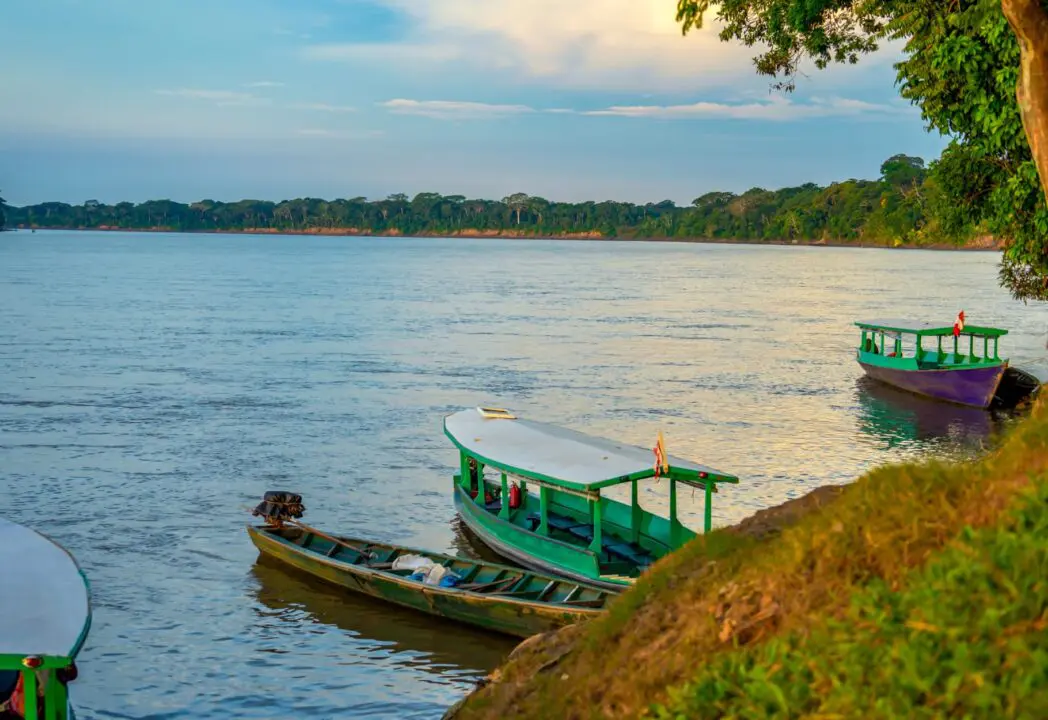The Tambopata National Reserve is one of the most impressive destinations in the Peruvian Amazon, offering a unique experience for nature and adventure lovers. Can you imagine walking along trails surrounded by lush jungle, listening to the songs of exotic birds, and observing animals you’ve only seen in documentaries? The Tambopata National Reserve, located in the heart of the Peruvian Amazon, is one of the most stunning destinations for nature and adventure enthusiasts. In this guide to the Tambopata National Reserve, we’ll tell you everything you need to know to plan your visit: from how to get there and what to pack, to the best activities and times to explore this natural paradise.
What is the Tambopata National Reserve?
The Tambopata National Reserve is a protected area of over 270,000 hectares, located in the Madre de Dios department in southeastern Peru. It is recognized as one of the most biodiverse areas on the planet, home to hundreds of species of birds, mammals, reptiles, and plants. From jaguars and howler monkeys to macaws and exotic butterflies, this natural sanctuary is a must-visit destination for ecotourism in the Peruvian Amazon. By following this guide to the Tambopata National Reserve, you’ll discover the best-kept secrets of this unique ecosystem.
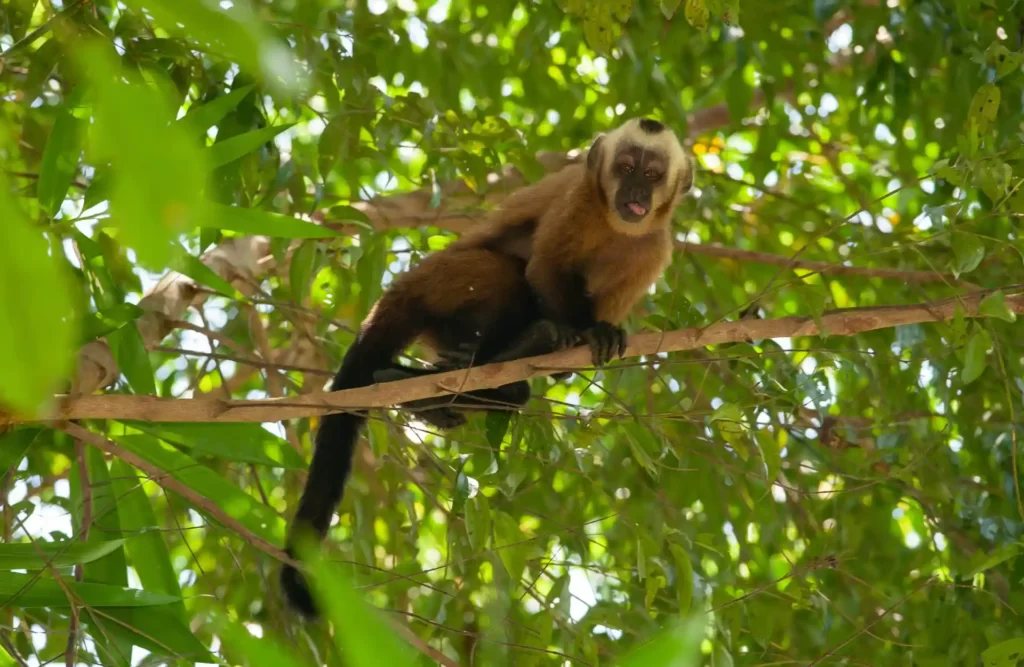
Where is the Tambopata National Reserve located?
The reserve is located in the Madre de Dios region, in the Tambopata province. It is surrounded by the Tambopata, Madre de Dios, and Malinowski rivers and is accessible from the city of Puerto Maldonado, the gateway to this natural paradise.
How to Get to the Tambopata National Reserve
Getting to Tambopata is an adventure in itself. Here are the key steps:
- Flight to Puerto Maldonado: From Lima or Cusco, you can take a flight of approximately 1 hour and 40 minutes to Puerto Maldonado.
- River transport: From Puerto Maldonado, you’ll need to take a motorized boat to the lodges within the reserve. This journey takes between 1 and 3 hours, depending on your destination.
- Overland options: If you prefer to travel by land, you can take a bus from Cusco, although the trip takes around 10 hours.
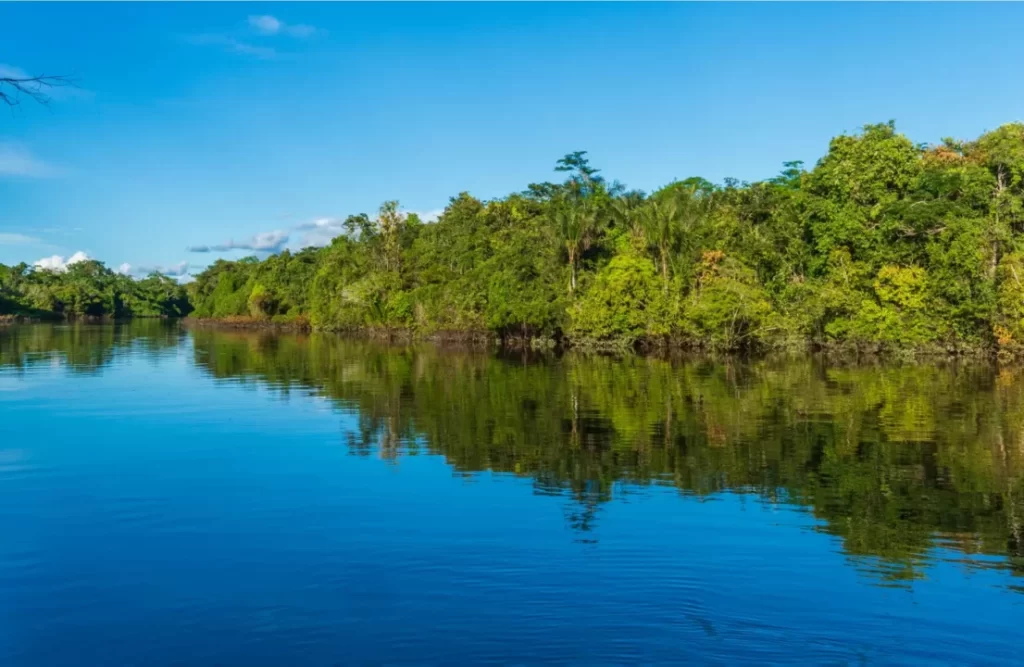
What to Pack for Your Trip to the Tambopata National Reserve
To fully enjoy your experience in the Tambopata National Reserve, it’s essential to be well-prepared. Here’s a list of recommended items:
- Lightweight, quick-drying clothing: Preferably in neutral colors to avoid disturbing the wildlife.
- Proper footwear: Waterproof hiking boots are ideal due to the wet and muddy conditions of the jungle.
- Insect repellent: Essential for protection against mosquitoes and other insects.
- Sun protection: Hat or cap, sunglasses, and sunscreen.
- Raincoat or poncho: Rain can be unpredictable.
- Flashlight or headlamp: With extra batteries, useful for night walks.
- Reusable water bottle: To stay hydrated.
- Personal medications: Including a basic first-aid kit.
- Binoculars and camera: To observe and capture the incredible biodiversity.
Remember, it’s important to minimize environmental impact, so it’s recommended to bring biodegradable products and avoid single-use plastics. By following this guide to the Tambopata National Reserve, you’ll ensure you’re well-prepared for this unique experience.
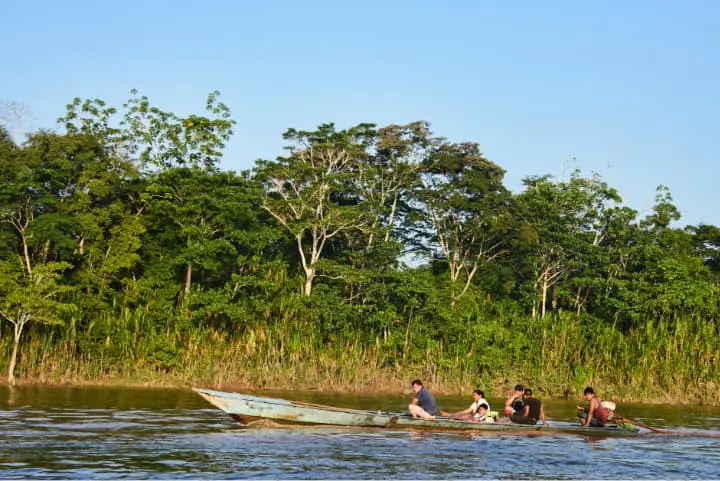
What to See and Do in the Tambopata National Reserve
The reserve offers a wide variety of activities for all tastes. Here are the highlights:
- Day and night jungle hikes: Explore trails surrounded by lush vegetation, discover animal tracks, medicinal plants, and giant trees. Night walks allow you to observe species like frogs, insects, and caimans.
- Visit the Macaw Clay Licks: One of the most impressive spectacles in Tambopata, where hundreds of macaws gather to feed on mineral-rich clay.
- Canopy walks: Walk across hanging bridges over 30 meters high and enjoy panoramic views of the jungle from the treetops.
- Boat ride on Lake Sandoval: A canoe ride on this mirror-like lake surrounded by palm trees will allow you to observe giant otters, caimans, and a variety of birds.
- Canopy tours: For adrenaline lovers, canopy tours offer a unique perspective of the jungle as you zip through the trees.
- Butterfly watching: Tambopata is home to over 1,200 species of butterflies. Visiting a butterfly house will let you learn about their life cycle.
- Cocococha and Sachavacayoc Lagoons: Ideal for observing aquatic wildlife and enjoying the tranquility of the jungle in a serene setting.
- Photo safaris: An opportunity to capture images of jaguars, monkeys, tapirs, and other species in their natural habitat.
- Indigenous communities: Learn about the traditions and customs of the Ese’Eja indigenous communities living around the reserve.
With this guide to the Tambopata National Reserve, you’ll be able to make the most of each of these experiences and discover the impressive biodiversity of the area.
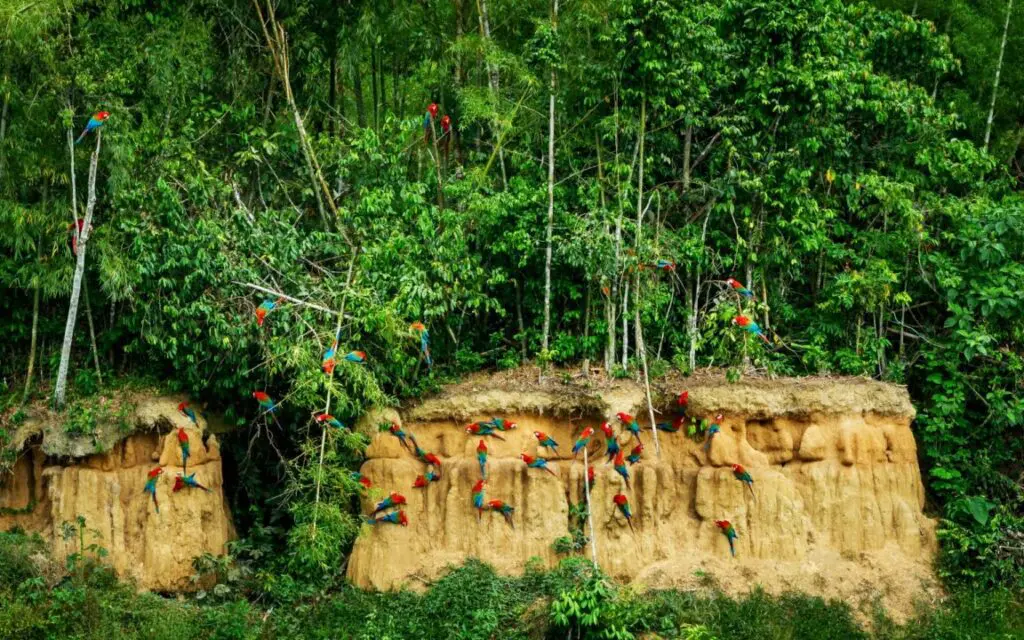
When is the Best Time to Visit the Tambopata National Reserve?
The best time to visit Tambopata is during the dry season, which runs from May to October. During these months, trails are more accessible, and wildlife spotting is easier. The rainy season (November to April) offers greener landscapes and fewer tourists, although rain can make some activities more challenging.
Climate of the Tambopata National Reserve
The climate in Tambopata is tropical, with temperatures ranging between 59°F (15°C) and 95°F (35°C). People recommend wearing light, breathable clothing because humidity is high year-round.
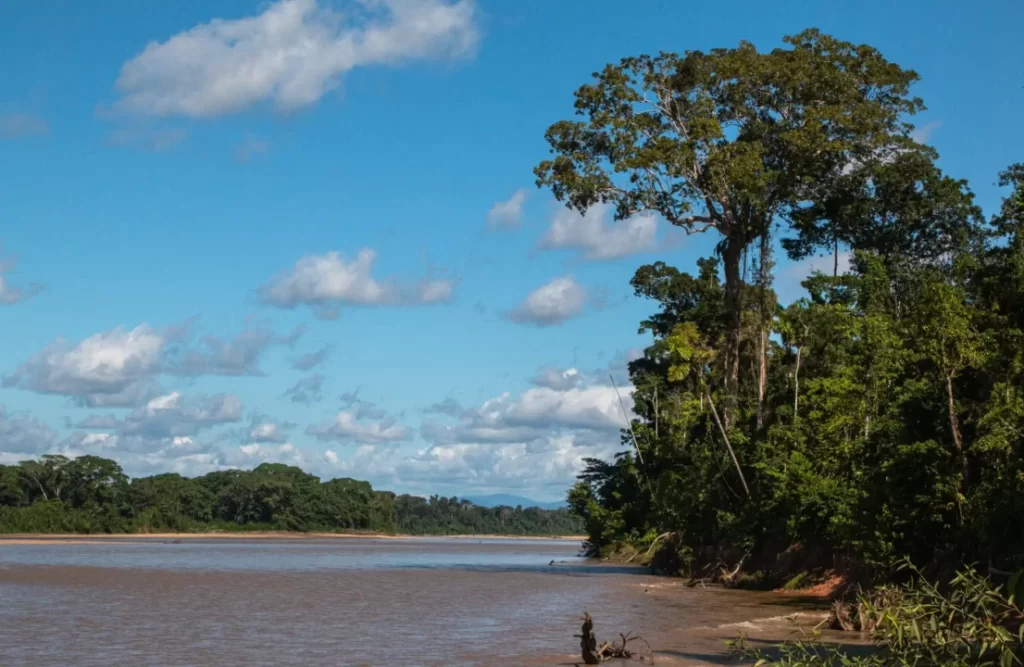
Biodiversity in Tambopata
The reserve is home to an incredible diversity of species:
- Fauna: Over 600 bird species, 169 mammals, 103 reptiles, and 1,200 butterflies.
- Flora: More than 1,700 plant species, including giant trees like the ceiba.
Recommendations for Your Visit
- Hire certified guides: Ensure your experience is safe and enriching.
- Respect the environment: Do not leave trash and follow the guides’ instructions.
- Get vaccinated: Consult a doctor about vaccines like yellow fever and malaria.
The Tambopata National Reserve is a destination that combines adventure, nature, and culture. With this guide to the Tambopata National Reserve, you’re ready to explore one of the most biodiverse places on the planet. Plan your trip and live an unforgettable experience in the heart of the Peruvian Amazon!
Frequently Asked Questions about the Tambopata National Reserve
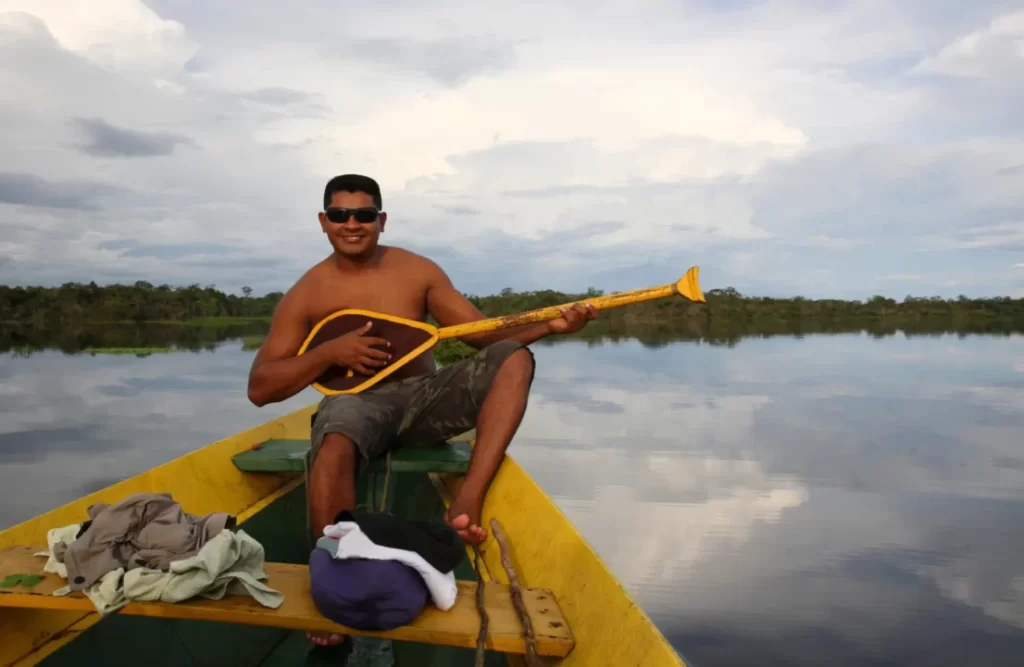
1. Is it safe to visit the Tambopata National Reserve?
Yes, as long as you follow the recommendations of local guides and respect the park’s rules.
2. Do I need a vaccine to visit Tambopata?
They recommend the yellow fever vaccine and advise taking precautions against malaria.
3. Can I visit Tambopata on my own?
It is mandatory to hire a certified guide to enter the reserve.
4. How many days are needed to explore Tambopata?
A 3 to 5-day trip is ideal to enjoy the main activities.
5. Are there accommodation options within the reserve?
Yes, eco-lodges offer basic amenities and integrate into the natural environment.
The Tambopata National Reserve is a destination that combines adventure, nature, and culture. With this guide to the Tambopata National Reserve, you’re ready to explore one of the most biodiverse places on the planet. Plan your trip and live an unforgettable experience in the heart of the Peruvian Amazon!
Related Tours:

